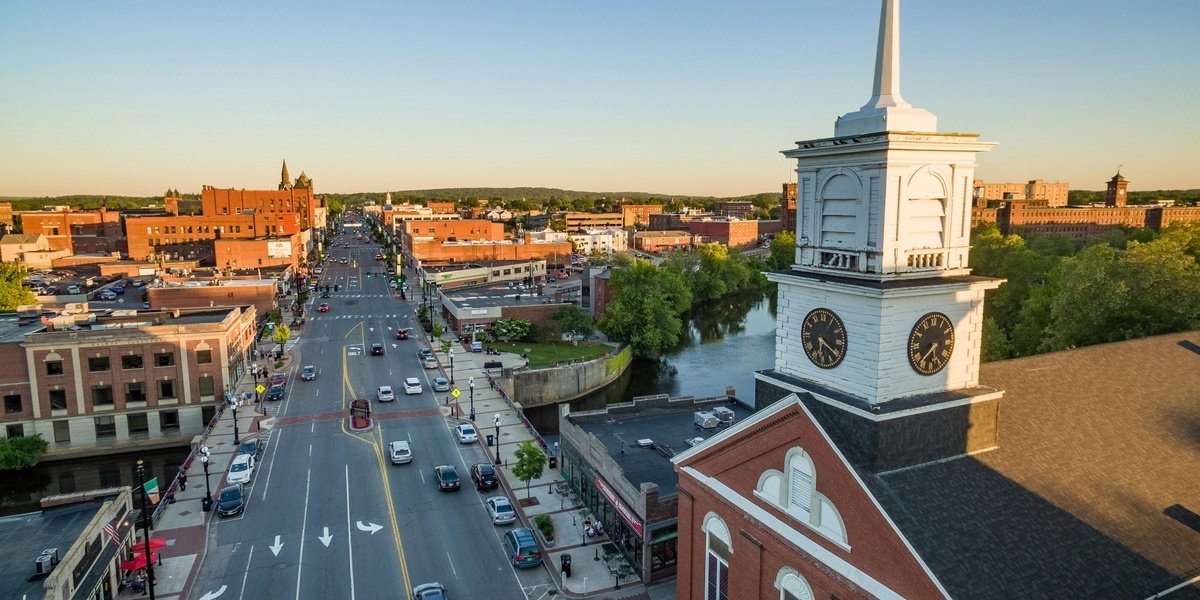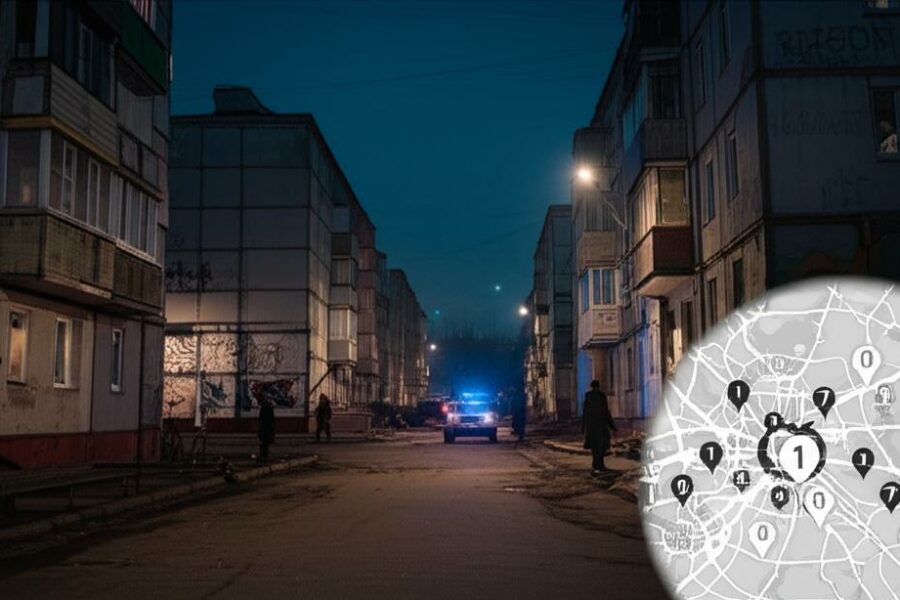New Hampshire consistently ranks among the top U.S. states for public safety—its violent crime rate is often well below the national average (2022 FBI Uniform Crime Report; NH Department of Safety 2022 summary).
Understanding local safety matters for day-to-day life: it affects how children get to school, whether evening runs feel comfortable, and long-term housing choices that influence resale value and insurance costs.
This piece profiles eight communities chosen on the basis of crime statistics, emergency-services capacity, community programs, and quality-of-life indicators.
Each entry includes concrete numbers—crime rates per 100,000 residents, population, median household income—along with examples of local safety programs and practical takeaways for people thinking of moving. A neighbor’s porch light and a friendly patrol officer often matter as much as the raw stats.
Below you’ll find data-driven snapshots of The safest cities in new hampshire and what those figures mean in everyday terms.
Public Safety & Crime Statistics
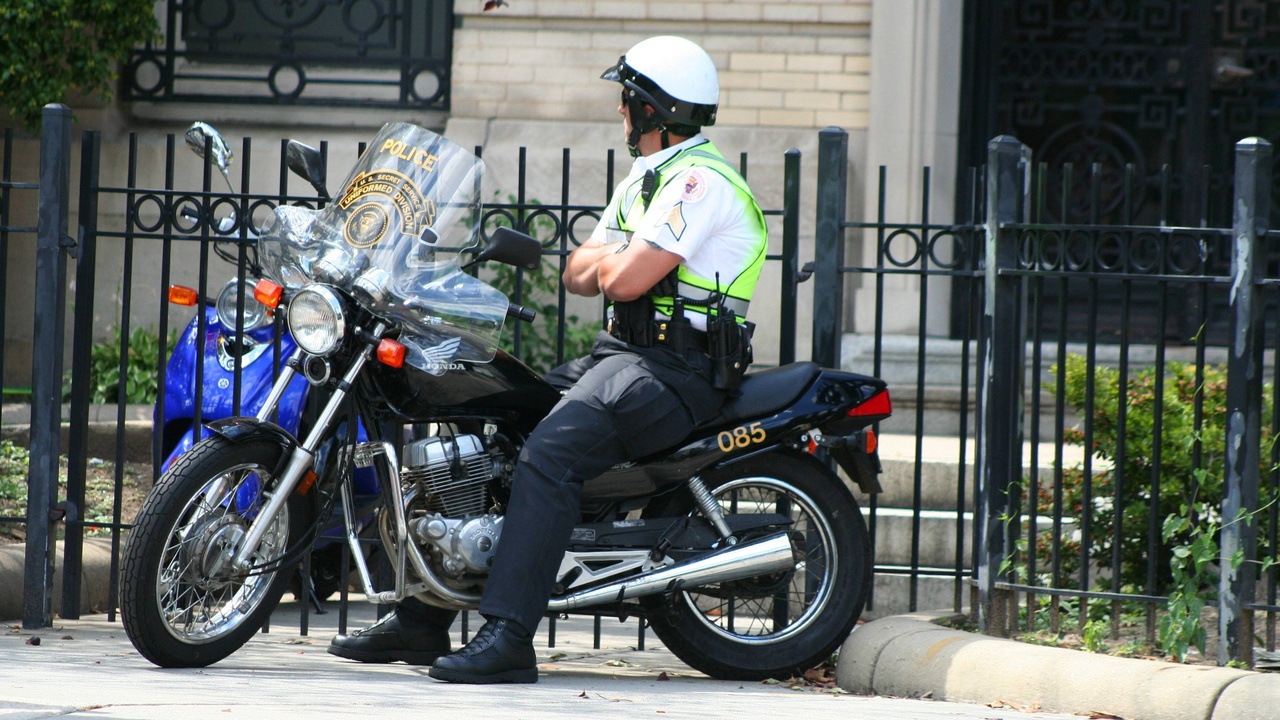
Crime numbers tell part of the safety story. We use violent crime rates and property crime rates per 100,000 residents, year-over-year trends, and police staffing levels to compare places.
Rates are drawn from the 2022 FBI Uniform Crime Report and statewide summaries from the NH Department of Safety, with population and income from the U.S. Census / American Community Survey (most recent available estimates).
Remember: smaller populations can make per-100k figures swing widely with just a few incidents, so we pair rates with local context—police presence, community programs, and trends—to avoid misleading conclusions.
1. Bedford — Consistently low violent-crime rate and strong community policing
Bedford reports one of the lowest violent-crime rates in the state, roughly in the low dozens per 100,000 residents (2022 FBI UCR), well under New Hampshire’s average for that year.
The town’s population is about 23,000 (U.S. Census 2020) and median household income sits above $120,000 (ACS estimate), reflecting strong tax bases that support public safety staffing.
Local strategies include active neighborhood-watch groups, a visible patrol schedule, and school resource officers who work directly with Bedford schools—measures that help limit theft and protect school environments.
Practical takeaway: Bedford’s combination of low violent crime and community policing translates to fewer incidents of assault and reliable responses to family-safety concerns.
2. Windham — Rapid growth with low crime and proactive planning
Windham has grown substantially over the last decade—roughly a 20–25% population increase since 2010—yet has kept violent-crime and property-crime rates at or below the state average (2022 FBI UCR).
Population is around 15,000 (U.S. Census 2020) with a median household income typically above state medians, which helps fund zoning, traffic-calming, and additional police hires as the town expands.
Town planning—stricter subdivision standards, preservation of green buffers, and active police-community outreach—has helped prevent the traffic and disorder problems that sometimes accompany fast growth.
What that means for residents: families and commuters generally experience lower theft and disorder rates, and the town prioritizes infrastructure investments that keep neighborhoods safe as they add new homes.
3. Hanover — Small-town stability with university-town nuances
Hanover’s baseline violent-crime rate is low by statewide standards, though property-crime figures can show short-term spikes tied to Dartmouth College events and the transient student population (2022 FBI UCR).
The town population is roughly 11,000, with several thousand additional students on campus during the academic year; median household income estimates vary because the student population skews household data (ACS).
Mitigations include campus-community liaison officers, coordinated mental-health crisis teams, and concerted outreach during high-traffic weekends—measures that reduce student-related incidents and protect long-term residents.
Practical takeaway: Hanover feels very safe for residents, though homeowners should expect occasional event-driven property-crime upticks tied to campus life.
Quality of Life & Community Resources
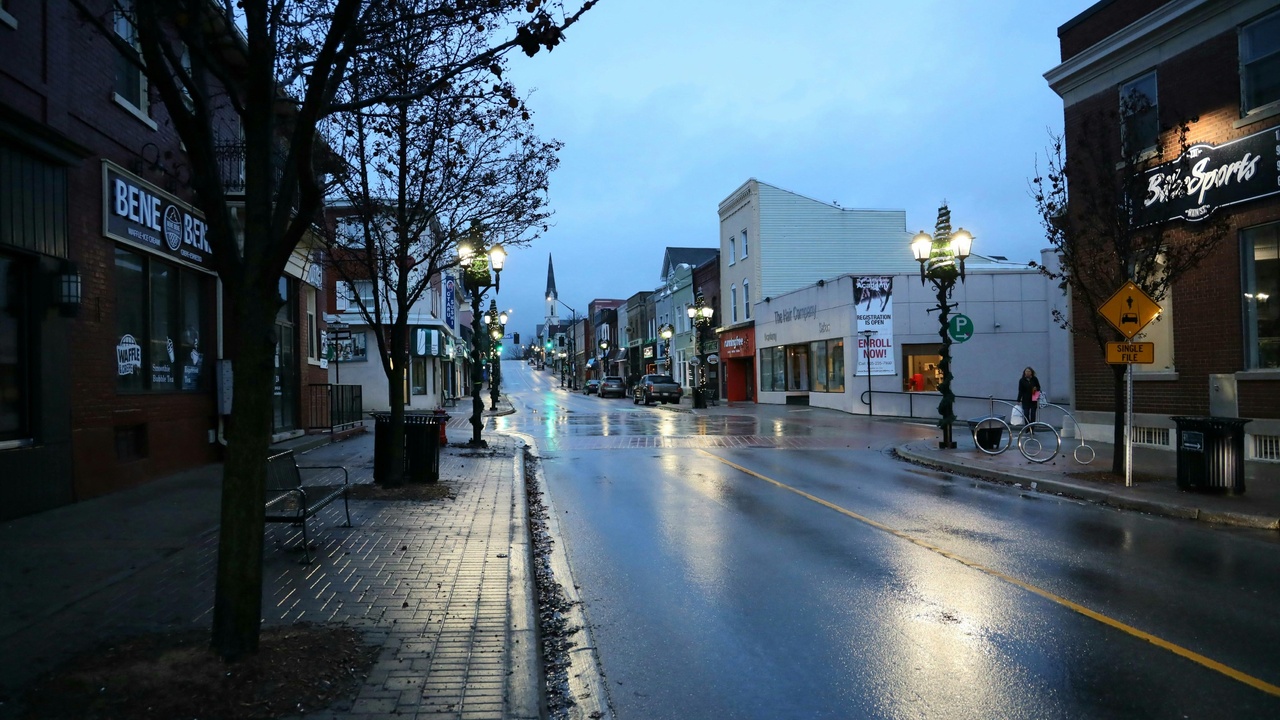
Parks, schools, stable employment, and social services shape safety as much as police statistics do. Good schools and accessible health care correlate strongly with lower neighborhood crime over time.
We consider school ratings, poverty and unemployment rates, proximity to hospitals or urgent care, and visible civic engagement—because these factors reduce risk and improve residents’ sense of security.
Places with active downtowns, community centers, and youth programs often see fewer juvenile offenses and nighttime disorder, so we highlight towns that invest in those resources.
4. Portsmouth — Urban amenities with careful policing and vibrant community programs
Portsmouth blends a busy waterfront, year-round tourism, and a walkable downtown while keeping violent-crime rates lower than many cities of similar size (2022 FBI UCR).
The city’s population is about 22,000 and median household income is near state averages (U.S. Census / ACS), with strong business-investment groups supporting downtown safety and lighting.
Local initiatives include downtown foot patrols, a business improvement district coordinating private security and police, and youth arts and recreation programs that activate public spaces after school hours.
For visitors and residents, that means a nightlife district that’s well-patrolled, good pedestrian infrastructure, and active collaboration between merchants and police to deter theft and disorder.
5. Exeter — Historic town with strong neighborhood networks
Exeter’s historic center and engaged citizen groups help maintain public order; overall crime rates tend to sit below or near statewide averages depending on the year (2022 data).
The town has about 15,000 residents, a median household income near state medians, and a modest poverty rate that local nonprofits and volunteer groups work to mitigate (ACS figures).
Neighborhood watches, school outreach programs, and active volunteerism reduce petty crime and support quick, community-based responses to nuisance problems.
Practical takeaway: Exeter’s civic networks make it easier for neighbors to spot problems early and for local organizations to offer alternatives for at-risk youth.
6. Meredith — Lakes-region safety through seasonal management and local services
Meredith’s year-round population is modest—around 6,000 people—but summer and fall bring sharp visitor spikes that affect per-100k crime statistics if incidents occur during peak season.
Median household income is above state medians in some recent ACS estimates, and local services like marine patrols and seasonal police scheduling are tailored to handle visitor-driven demands.
The town relies on volunteer fire companies, marine-safety teams, and mutual-aid agreements with neighboring communities to manage spikes in calls and keep lakeside recreation safe.
For homeowners and second-home buyers: expect extra enforcement and safety resources in summer, and plan for slightly different neighborhood rhythms across seasons.
Emergency Services & Infrastructure
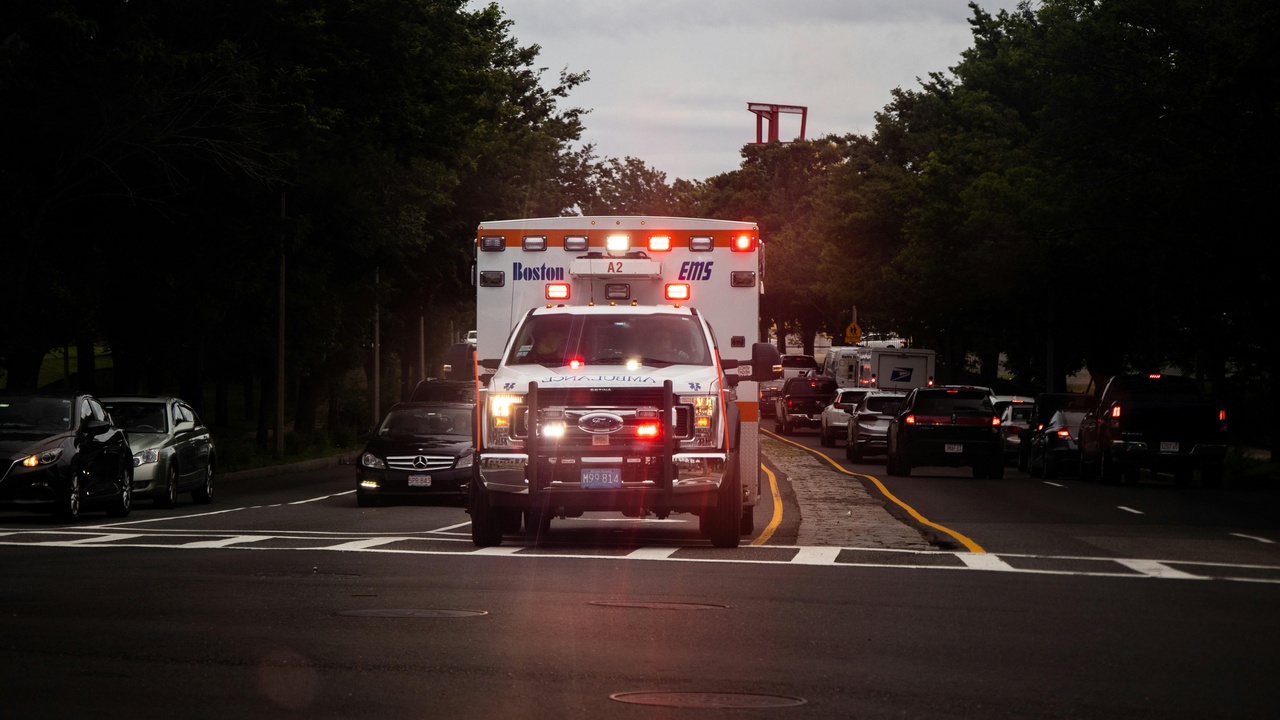
Fire departments, EMS, hospital access, road maintenance, and communications are core parts of real safety. Quick ambulance response and nearby trauma care can be life-saving, while good roads and lighting prevent accidents.
Where possible we reference average ambulance response times, distance to the nearest trauma center, number of fire stations, and broadband availability because those measures change outcomes in emergencies.
Rural areas often lean on volunteer responders and mutual-aid pacts, while small cities typically have paid staffing and shorter transport times—both models work when backed by up-to-date equipment and coordination.
7. New London — Small-town emergency readiness and volunteer services
New London is a small town (population roughly 4,400) with a strong corps of volunteer firefighters and EMTs that handle most calls, supplemented by county ambulance services for higher-acuity transports.
Volunteer staffing numbers vary, but the town has invested in equipment upgrades and coordinated dispatch that have reduced average response intervals for common emergencies (town reports and regional EMS summaries).
Coordination with nearby hospitals—often a 20–30 minute transport depending on traffic and distance—plus routine purchases like a new ambulance or upgraded radios can materially improve outcomes in critical calls.
Practical note: volunteer-based systems are resilient and community-minded, but prospective residents should ask municipal offices about average response times and standby arrangements for major incidents.
8. Moultonborough — Rural safety bolstered by infrastructure investments
Moultonborough’s safety depends on steady investment in roads, bridges, and communications across a relatively spread-out geography; population is roughly 7,500 and local services include volunteer fire companies and mutual-aid pacts.
Recent infrastructure projects—bridge repairs and upgraded dispatch technology in the county—have shortened routes for emergency vehicles and improved 911 call handling, according to town meeting reports.
Broadband and cell coverage improvements also matter: better communications mean faster alarm notifications and more reliable coordination between local teams and regional hospitals.
For rural homeowners, the trade-off is quieter neighborhoods with strong community ties, plus the practical need to plan for slightly longer emergency-transport times than in urban centers.
Summary
These eight communities combine favorable crime statistics, proactive local programs, and emergency-service planning to create safe, livable places across New Hampshire.
Small population sizes, seasonal visitors, and college towns all influence per-100k rates, so we paired raw figures with on-the-ground context like volunteer capacity, downtown patrols, and infrastructure projects.
Before deciding where to move or buy, check the latest 2022 FBI UCR summaries, consult NH Department of Safety pages, and contact local police or municipal offices for up-to-date safety plans and response-time figures.
- Per-100k crime rates can be misleading in small towns—look at trends and absolute incident counts as well as rates.
- Volunteer fire and EMS are strengths in many New Hampshire towns, but ask about mutual aid and ambulance transport times.
- Community programs—downtown patrols, school liaisons, youth activities—regularly reduce petty crime and improve residents’ sense of safety.
- Seasonal population swings (lakes and tourist towns) change resource needs; second-home buyers should plan accordingly.

